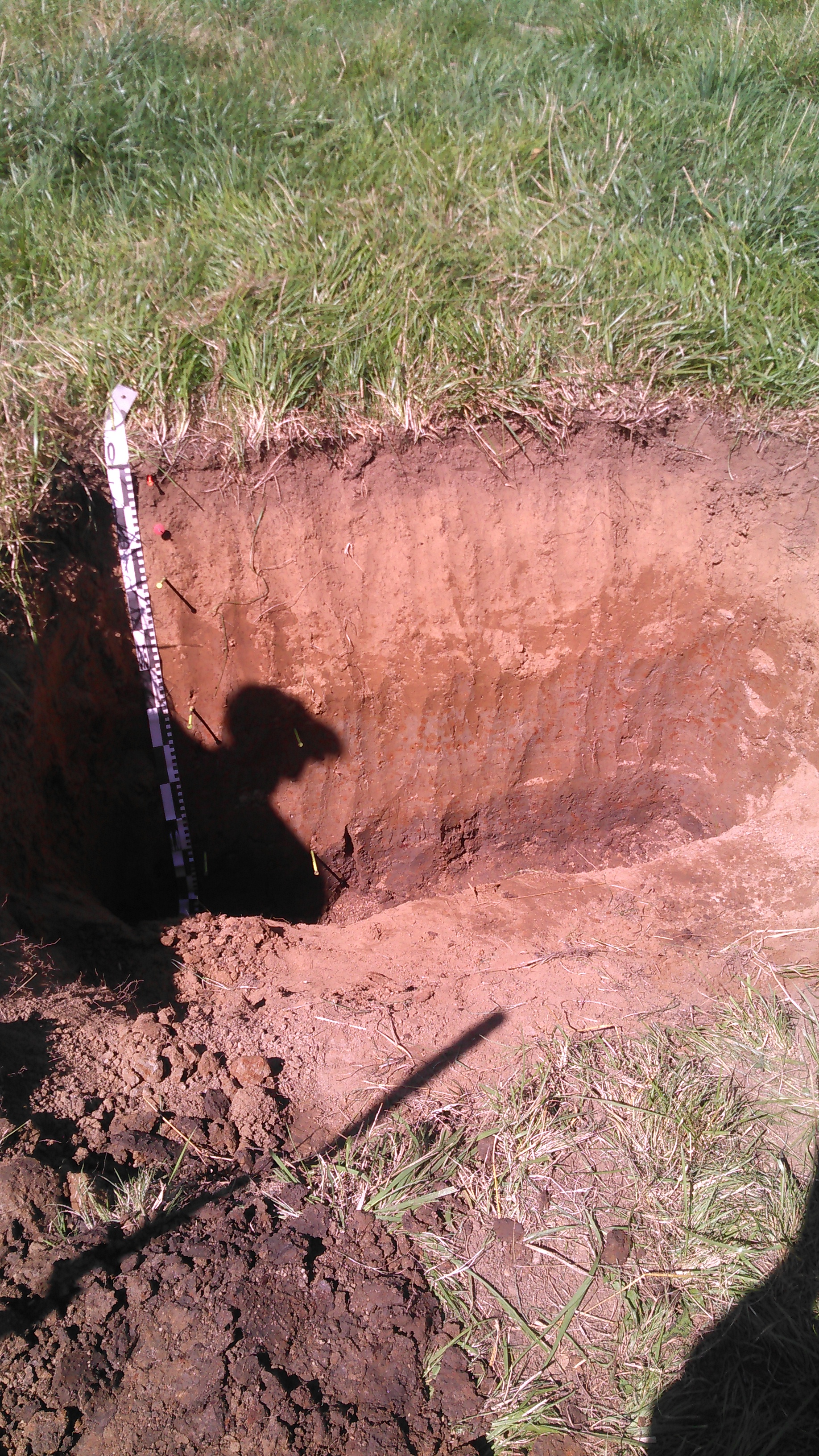This article is the third in a five part series that I am writing for the Hardy Plant Society of Oregon (HPSO) Quarterly Magazine. I am grateful to the team at HPSO for their editorial skills and feedback. Part 1 (overview, and gardens as ‘islands’ in an urban ‘ocean’), and Part 2 (putting a price on nature), and Part 3 (Wild Bees > Honey Bees) of this series can be found in earlier blog posts.
In this post, I cover the 2009 paper, “Impact of native plants on bird and butterfly biodiversity in suburban landscapes,” by Karin Burghardt, et al.[i]
*************
This study was published shortly after the first edition of Doug Tallamy’s book, Bringing Nature Home: How Native Plants Sustain Wildlife in Our Gardens.[ii] After decades of studying host plant records of butterfly and moth species, Tallamy was convinced that native plants were critically important to wildlife conservation. About half of all insects are herbivores, and about 70 percent of all herbivores are specialists that are only capable of feeding on a narrow range of plants (see Schoonhoven et al. 2005, Chapter 2, pages 5-9). Specialist insects have developed, over time, the ability to feed on plants that have physical or chemical deterrents that keep generalist insects at bay. Although specialist insects can feed on plants that can be toxic to other insects, they can’t easily switch to feed on novel, non-native plants.
Burghardt and Tallamy’s Study of Native Plants and Caterpillars
Tallamy was Karin Burghardt’s master’s degree advisor and one of her co-authors on the 2009 paper. In their study, they selected six pairs of suburban gardens in central Pennsylvania. Gardens were paired by size and proximity. One garden in each pair featured the conventional landscaping for this region: large lawns, Asian shrubs, Asian understory trees, and native canopy trees. The other garden was landscaped with native ornamentals at each vegetative layer: grasses, shrubs, understory trees, and canopy trees.
They counted the number of caterpillars at 12 points within each garden. Since caterpillars are herbivores, and most insect herbivores are specialists that do best on native plants, they hypothesized that they would find more caterpillars in the native plant gardens. Indeed, this is what they found. Caterpillar abundance was four times greater, and caterpillar species diversity was three times greater, in the native gardens versus the conventional gardens. In addition, Burghardt found that native plant gardens harbored more birds. In fact, native plant gardens had 55 percent more birds and 73 percent more bird species, compared to conventional gardens!
This study demonstrated that gardeners’ choices matter and can clearly influence ecological food chains. Food chains are organized into what are known as trophic levels. Organisms on the same trophic level share the same ecological function and nutritional distance from the sun. Photosynthetic plants are on the first trophic level. Herbivores, or organisms that eat plants, are on the second trophic level. Organisms that eat herbivores, such as birds, are on the third trophic level.
Burghardt and Tallamy demonstrated that what you decide to plant in your garden not only determines the structure of the first trophic level but can also cascade up to affect the second and third trophic levels. As an entomologist, I was not surprised that gardeners’ plant selections could influence the second trophic level. However, I was blown away that these decisions could cascade up to strongly influence the third trophic level.
Garden Ecology Lab Studies of Native Plants and Bees
In the Oregon State University Garden Ecology Lab, we study relationships between native garden plants and native bees. To be honest, I did not expect that native bees would prefer native plants. Whereas the leaves and other vegetative parts of a plant include an array of chemical and physical defenses to protect the plant from insect herbivores, flowers have few such defenses. In fact, flowers function to attract pollinators to a plant.
Thus I was somewhat surprised when Ph.D. student, Aaron Anderson, found that most of the native plants in his study attracted more native bees and more species of native bees than his non-native comparison plants. For example, non-native lavender ‘Grosso’ attracted a large number of bees, but most of these bees were non-native honey bees. By and large, the native plants were better for bee abundance and bee diversity, compared to the non-native comparison plants. In particular, Globe Gilia, Farewell to Spring, Oregon Sunshine, Douglas Aster, and California Poppy were all particularly attractive to native, wild bees in Aaron’s study.

Why might native bees prefer native plants, when flowers don’t have the same chemical and physical deterrents that herbivores must contend with? One hypothesis is that the nectar and pollen in native plants might provide better nutrition to native bees. Another hypothesis is that pollinators are keenly tied into the visual display of native plants. Flower color, size, shape, and ultraviolet markings are all important signals that flowers use to attract the attention of various pollinators. If there are changes in any aspect of this visual display, pollinators may no longer recognize a flowering plant as a good source of pollen or nectar.
Another OSU Ph.D. student, Jen Hayes, is trying to understand why native plants seem to be preferred by native pollinators. As part of her Ph.D. work in the Garden Ecology Lab, Jen is collaborating with an OSU photography student, Svea Bruslind. Svea uses different filters to take photographs of native plants and native cultivars in visible light, ultraviolet light, and in “bee vision” light. We are just getting started on this study, but look forward to reporting our findings in the near future.
[i] Burghardt et al. 2009. Impact of native plants on bird and butterfly biodiversity in suburban landscapes. Conservation Biology 23:219–224.
[ii] Updated and expanded version published as Bringing Nature Home: How You Can Sustain Wildlife with Natives Plants.





